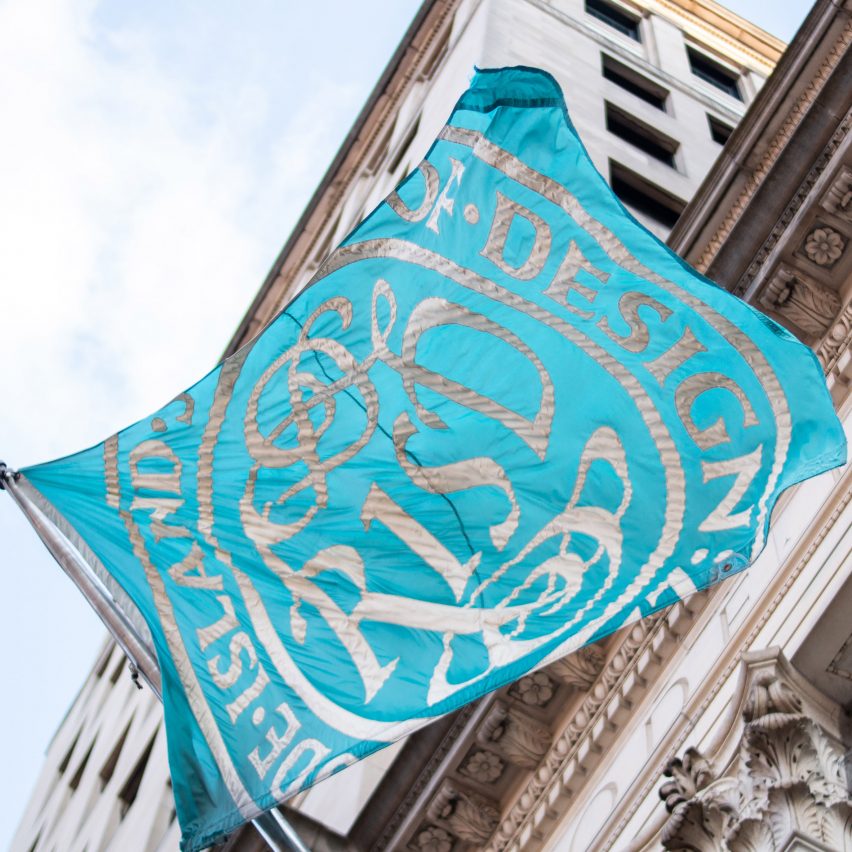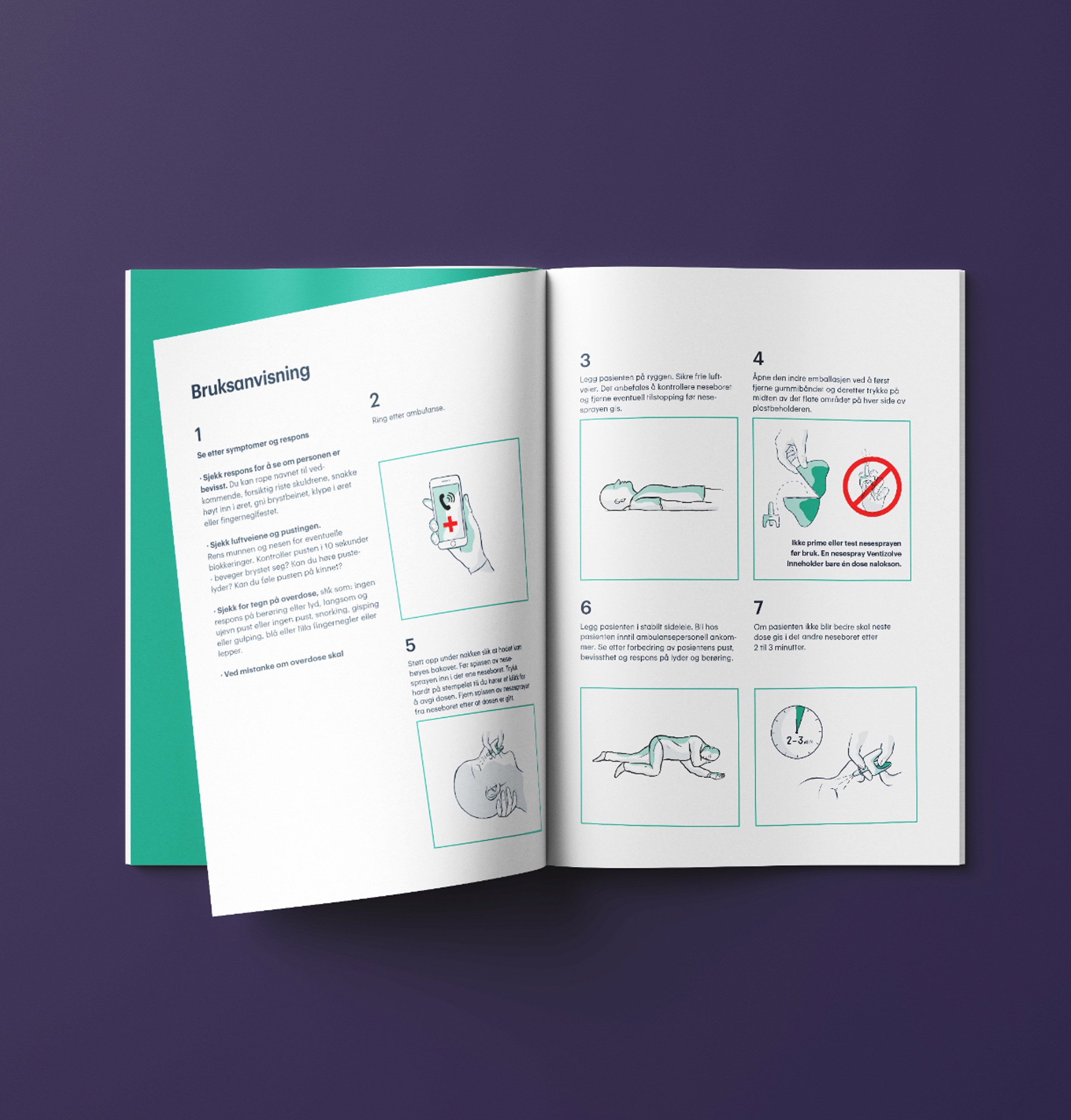
Rhode Island School of Design is hiring 10 faculty members that specialise in issues of race and decoloniality in the arts, architecture and design as part of its wider plan to tackle systemic racism in the school.
RISD's Race in Art & Design cluster-hire initiative includes four roles in the school's Liberal Arts and Experimental and Foundation Studies divisions, three in Architecture and Design and three in Fine Arts.
In order to improve the diversity of both staffing and curriculum, the school intends to hire those with scholarship, practice and pedagogies related to the African American and African diasporas, Indigenous North American and Latinx communities.
RISD aims to diversify staff and curricula
The school added that applicants can also be scholars focusing on any Indigenous or communities of colour that have been historically marginalised.
"We repeatedly heard from our community that the most definitive transformation we could make would be to increase the diversity of the scholarship of our faculty and thereby our pedagogy," said RISD president Rosanne Somerson.
"This initiative will bring 10 new faculty members to RISD in fall 2021, launching a fundamental transformation toward diversifying and expanding our curricula."
"Cluster hire initiative is a cornerstone effort"
RISD, a private art and design school in Providence, said the cluster hire is made possible by one of the largest and anonymous gifts it has ever received.
The cluster hire forms part of a wider, anti-racist plan created in response to issues highlighted by the student-led RISD Anti-Racism Coalition (risdARC) and black, indigenous and people of colour (BIPOC) faculty members amid racial unrest in the US.
Somerson revealed the proposal in an open letter sent to the Rhode Island School of Design (RISD) community in July this year, following the call for the school to do more for social equity and inclusion amid racial unrest in the US.
"I want to acknowledge and thank the student-led risdARC and the group of BIPOC faculty who passionately led the efforts to instigate much-needed change at RISD, along with the generous anonymous donors who made this possible," she said.
"This cluster hire initiative is a cornerstone effort of many major commitments underway to make substantive, meaningful and durable change at RISD."
"We'll continue to focus on issues of racism and colonialism"
In addition to expanding and diversifying curriculum and pedagogy, other key aims include cultivating a more diverse community; implementing research on issues of social equity and inclusion in art and design; and embedding anti-racist and anti-discriminatory infrastructures.
A faculty-led Social Equity and Inclusion (SEI) committee will spearhead change.
"The cluster hire is a concrete and significant step forward for RISD but I see it as the impetus behind a much larger and more durable initiative," SEI associate provost said Matthew Shenoda.
"Over the coming years, we'll continue to focus on issues of racism and colonialism and how they intersect with other key issues like sustainability."
Architecture and design profession tackles systemic racism
RISD's proposal came in the wake of the killing of African-American George Floyd in police custody in May this year. His death sparked racial unrest and anti-racism protests in cities across the US and countries across the world.
It also brought to focus the systemic racism in the architecture and design profession and resulted in members of the industry, such as RISD, establishing a number of initiatives to address and improve racial equality
Examples include a Google Docs spreadsheet listing black-owned studios and anti-racism design conference Where are the Black Designers?.
Photo is by Dimitri Bong, courtesy pf Unsplash.
The post RISD launches Race in Art & Design cluster-hire for anti-racism initiative appeared first on Dezeen.
from Dezeen https://ift.tt/34XVoU0























